The clock face, made of white porcelain and signed “J. Gudin, Paris”, displays Arabic numerals, an outer minute track, and a delicate pair of Louis XV-style hands that reinforce the refined aesthetic of the ensemble. The movement is a classic Paris-type mechanism with striking on the hour and half-hour on a bell, powered by a 7-day mainspring. It is currently in working condition, adding functional value to its artistic appeal.
On either side, the accompanying candelabra mirror a harmonious composition, two childlike figures hold stylized floral stems that culminate in elegant candleholders. These figures, in patinated bronze, show slight wear to the patina, discreet witnesses of the passage of time, without affecting the spectacular presence of the ensemble. The octagonal bases, made of garnet marble with gilt bronze moldings, visually consolidate the unity of the three pieces, gracefully elevating them on gilded turned feet.
This magnificent 19th-century ensemble becomes a functional sculptural artwork, ideal to elegantly enhance any corner of the home, or to enrich a collection of antique clocks with a piece of great character. A combination of elegance, history, and craftsmanship that invites daily appreciation.
A perfect opportunity to acquire a piece with artistic, decorative, and historical value in a single gesture.
Dimensions, Clock, 29.5 × 15.5 × 39 cm (11.61 × 6.1 × 15.35 in), Candelabra, 11.5 × 11.5 × 51.5 cm (4.53 × 4.53 × 20.28 in)
History of J. Gudin
J. Gudin was a distinguished French clockmaker active during the first half of the 19th century, based in Paris, where he signed several high-quality and technically refined pieces. His work belongs to the tradition of Parisian clockmakers specialized in the production of mantel and salon clocks with Paris-type movements, celebrated for their precision and durability. Gudin stood out for his use of highly artistic cases, often created in collaboration with renowned sculptors and bronze casters of the time.
During this period, Paris experienced an artistic flourishing under the influence of the Empire style and later the Louis Philippe style, both characterized by the strong presence of classical elements reinterpreted with refined ornamentation. Clocks were not only timekeeping instruments but also status symbols and essential decorative pieces in bourgeois and aristocratic salons. Gudin masterfully integrated sculptural art with clockmaking engineering, making his creations coveted by collectors and lovers of decorative arts.
Today, pieces signed by J. Gudin are valued for both their beauty and technical quality. They are found in private collections and prestigious auctions, where they achieve high prices, especially when they retain their original condition and intact decoration. A clock signed by this master represents not only a fragment of French history but also a 19th-century design gem.



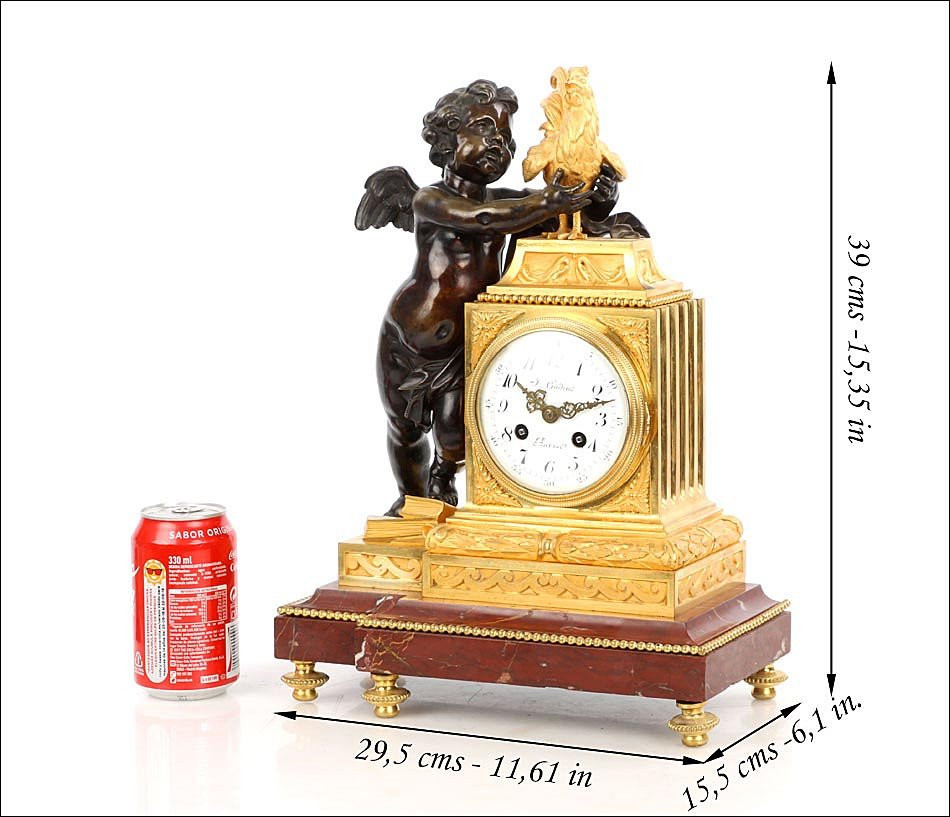
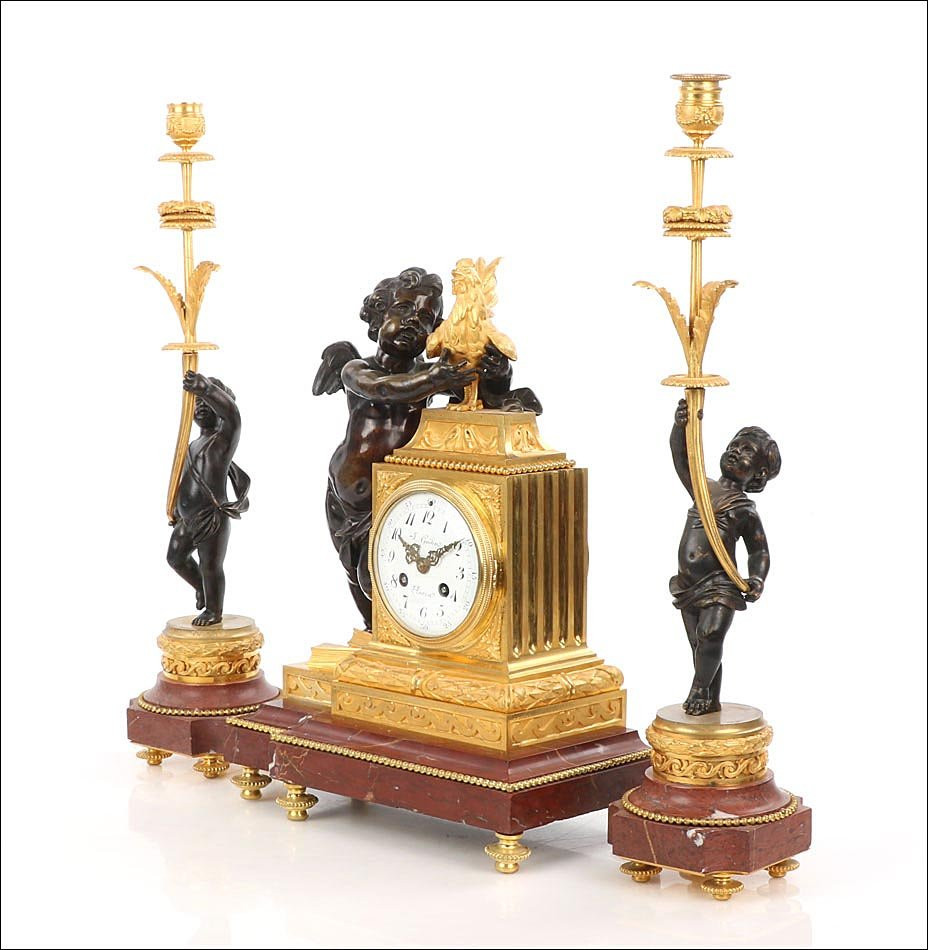
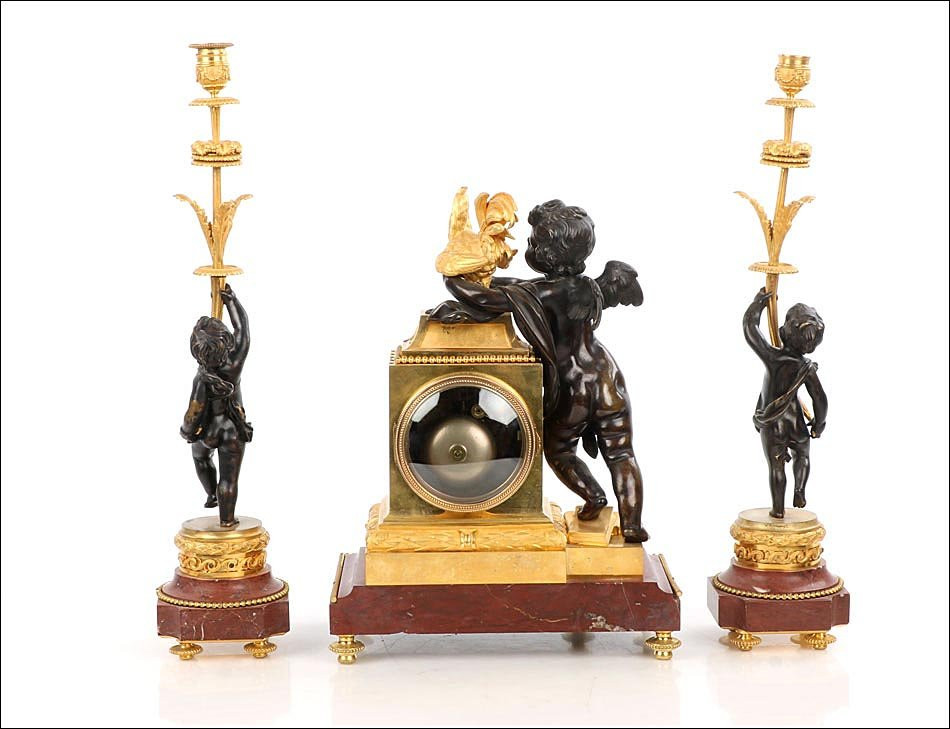

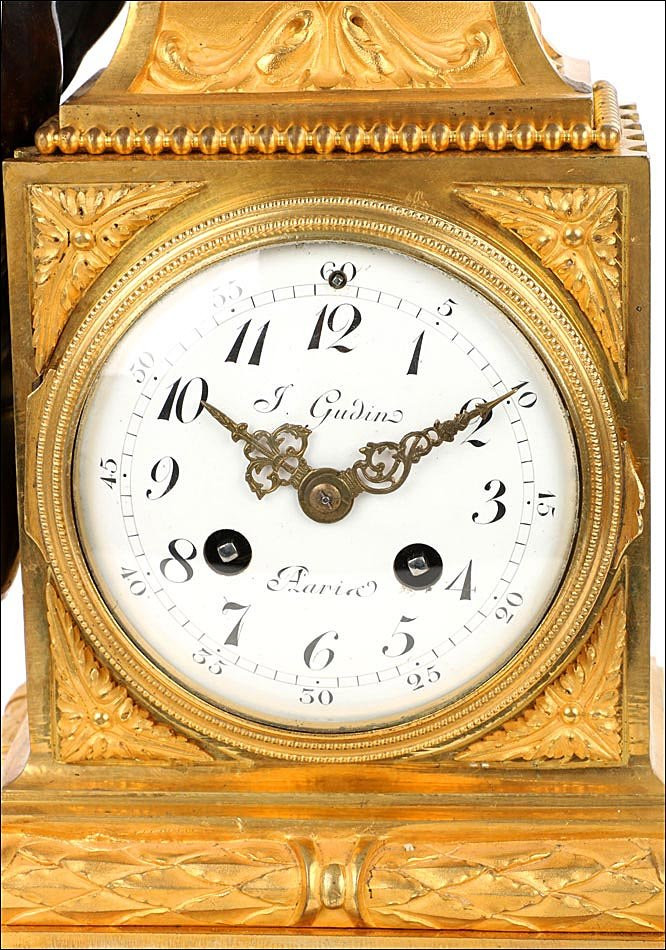
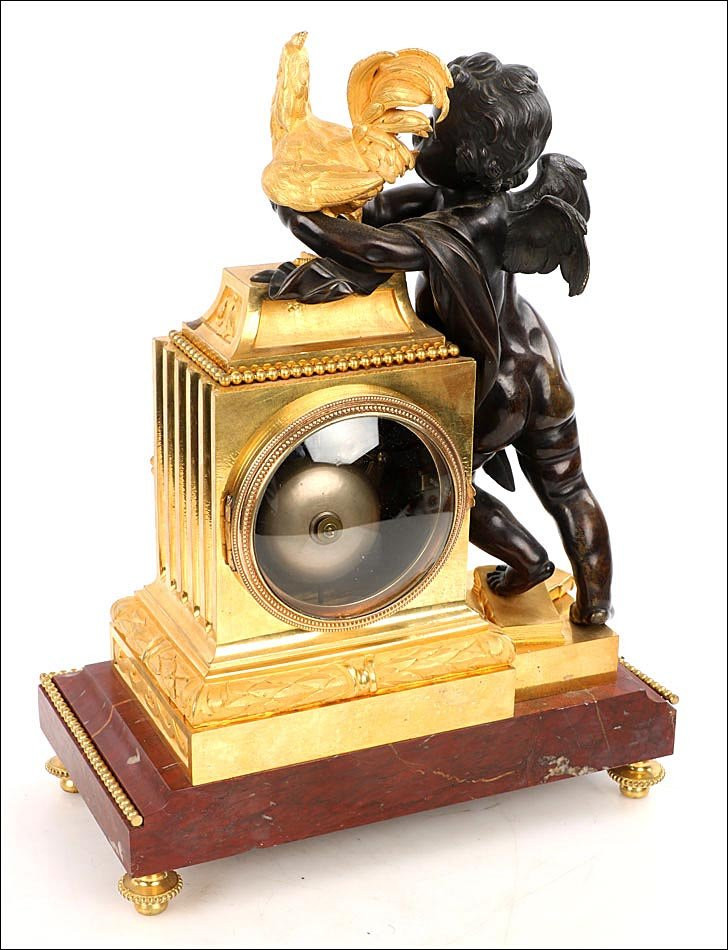
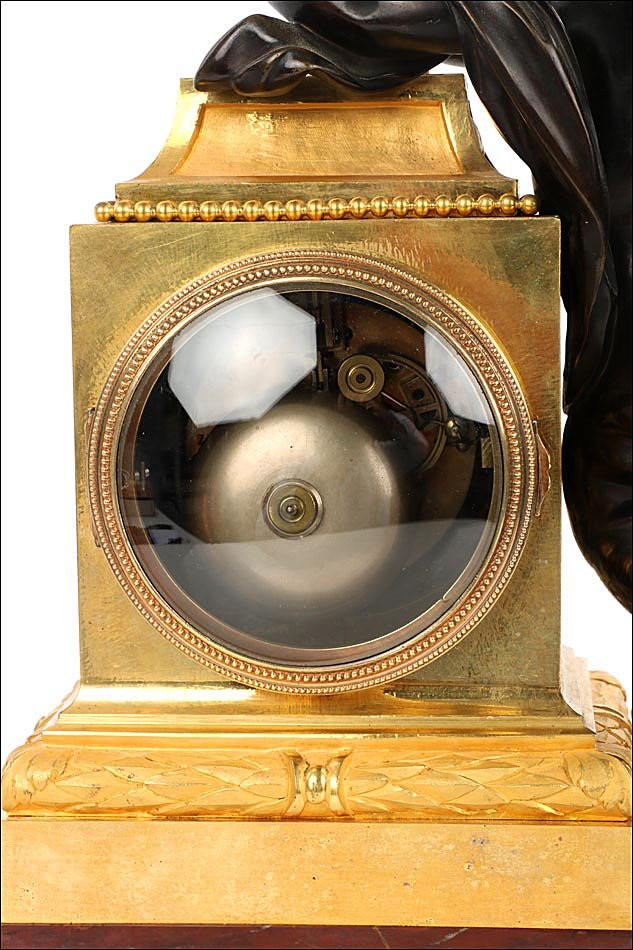
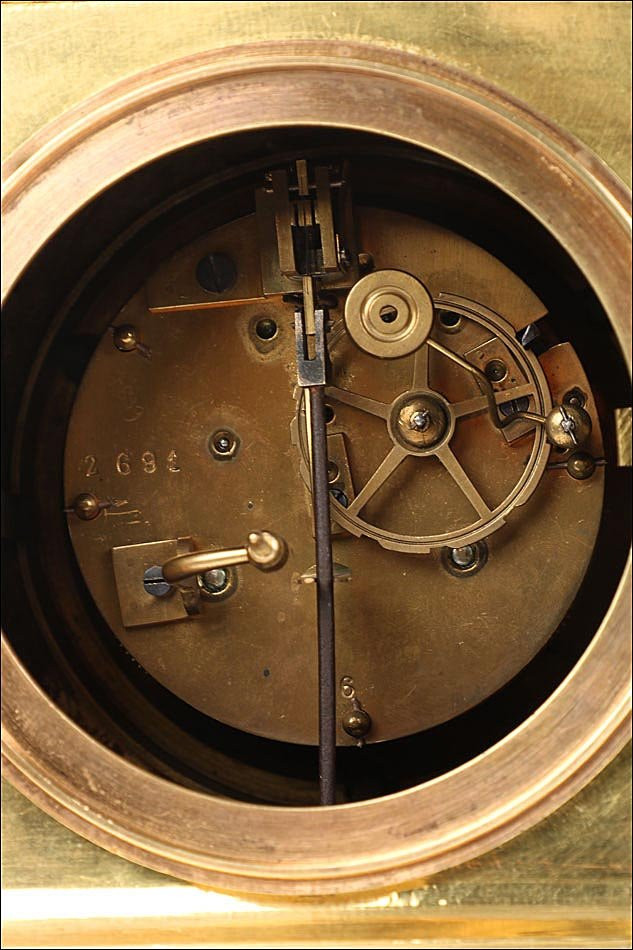
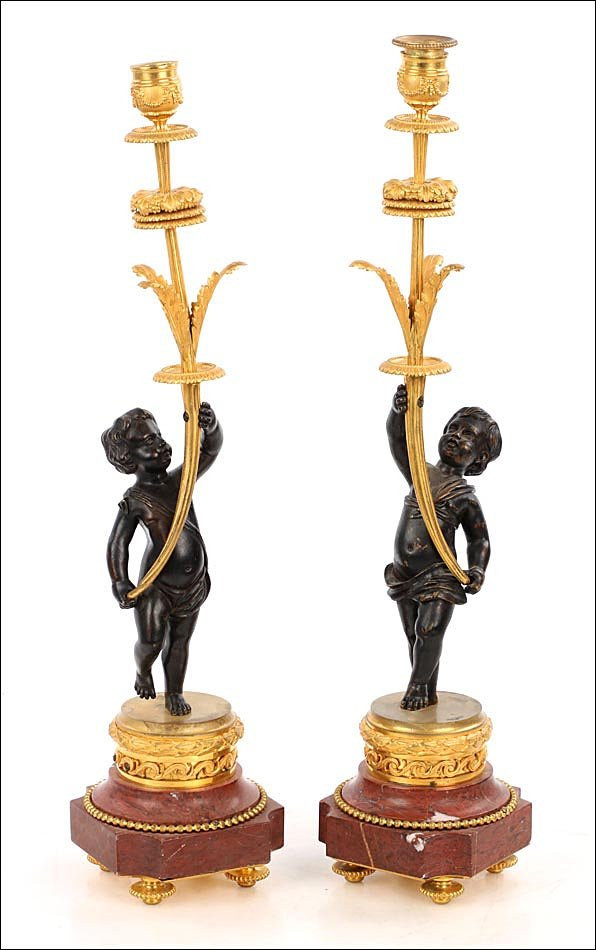
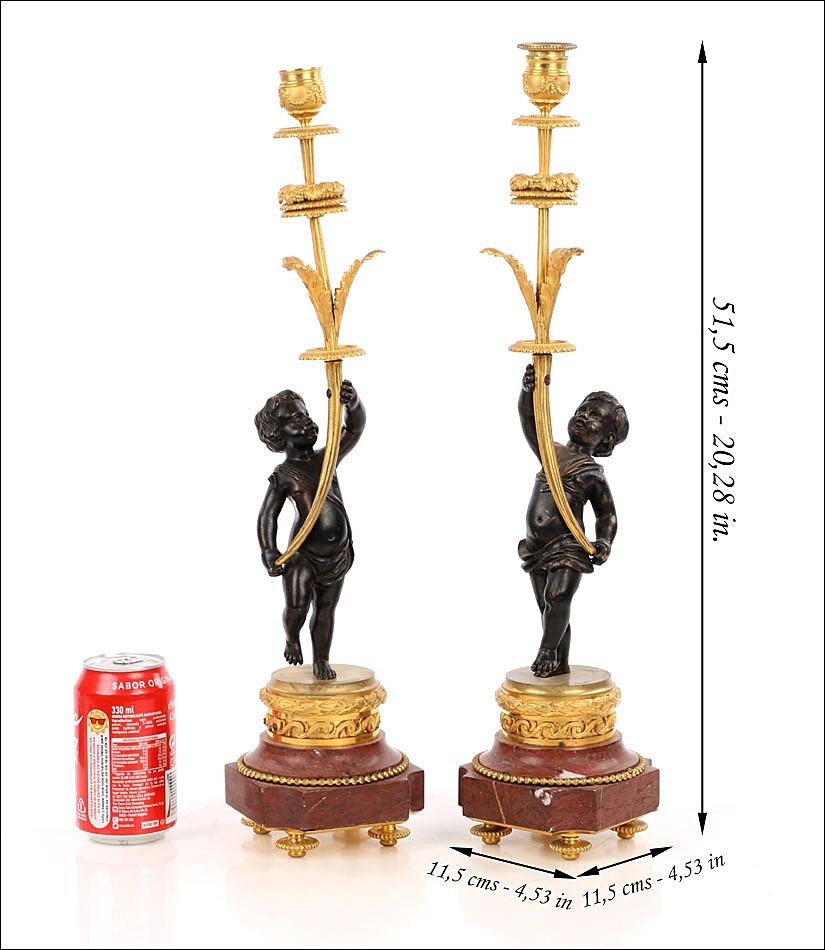
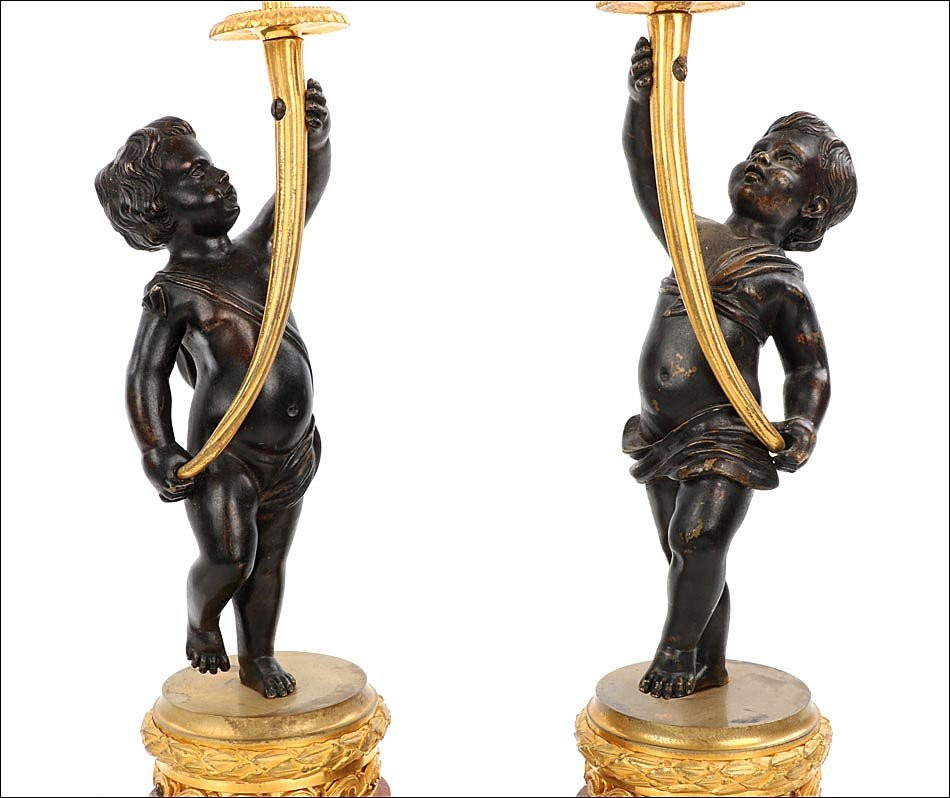













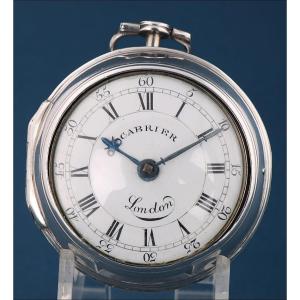
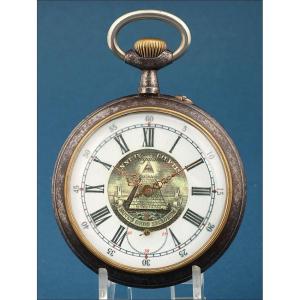

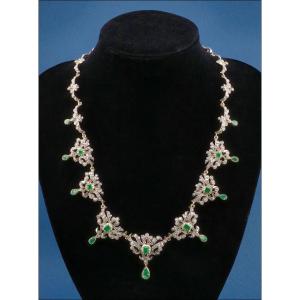
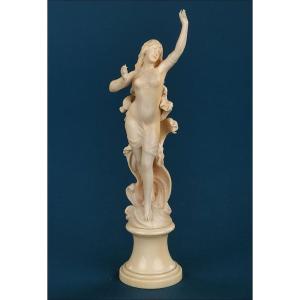










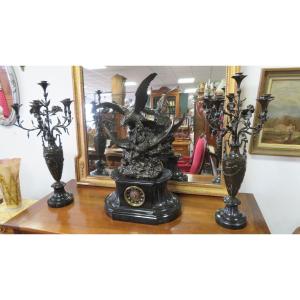






 Le Magazine de PROANTIC
Le Magazine de PROANTIC TRÉSORS Magazine
TRÉSORS Magazine Rivista Artiquariato
Rivista Artiquariato